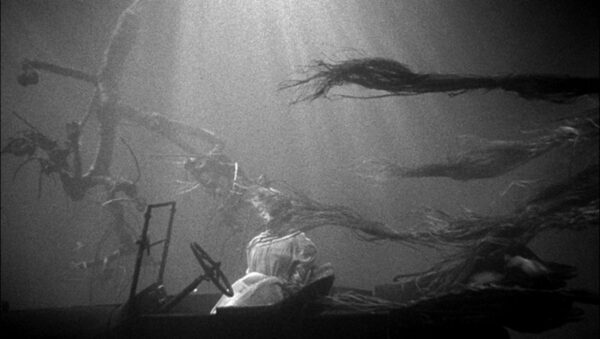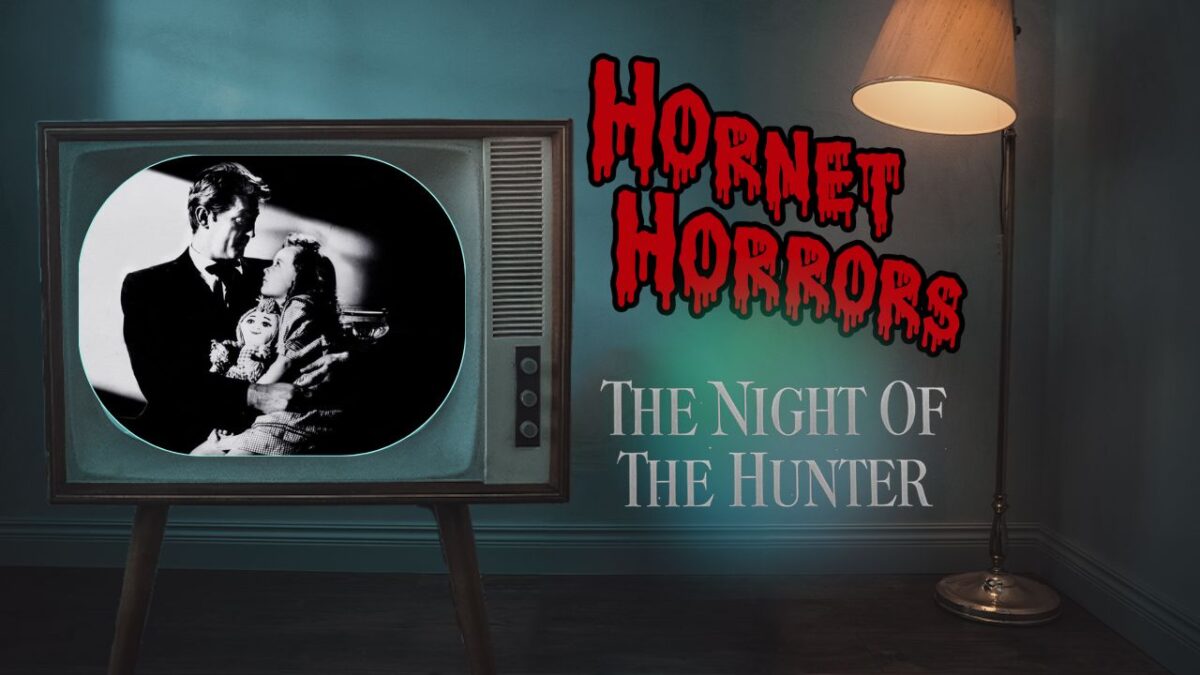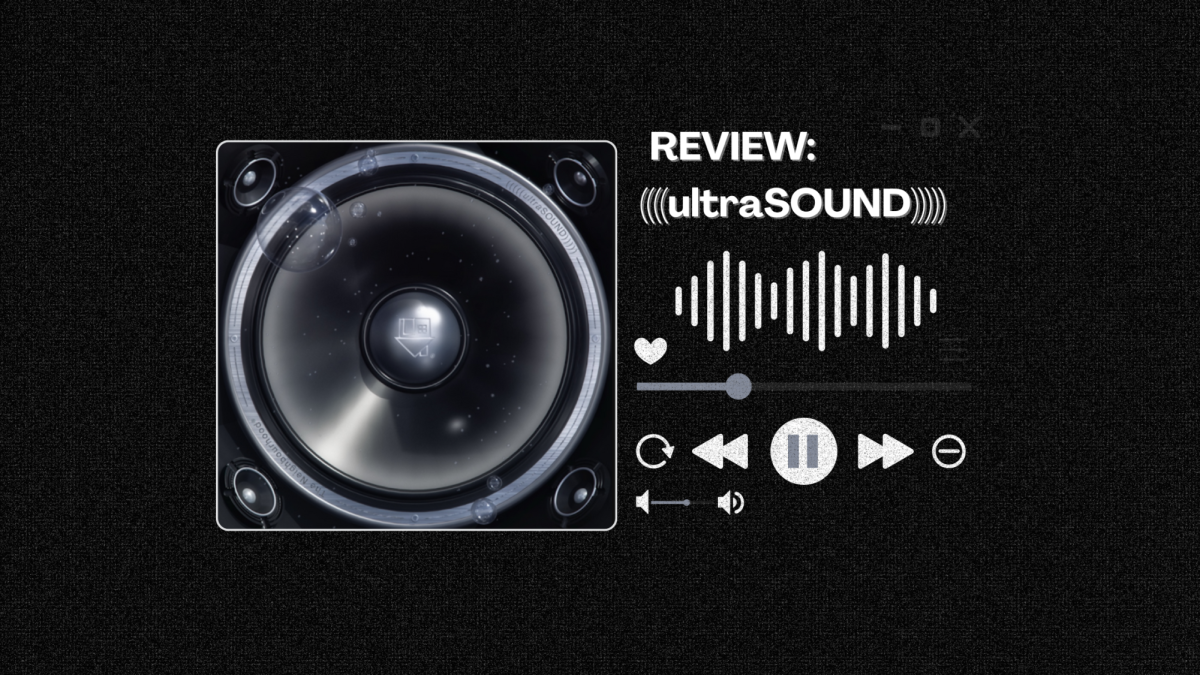Disclaimer: Spoilers for the story of the film are in this review.
Combining elements of Southern gothic, folk tales and a touch of grim reality, 1955’s “The Night of the Hunter” more than earns its titles as both a classic thriller and one of the best films of the 1950s.
Based on a novel of the same name by author David Grubb, itself inspired by real-life killings, “The Night of the Hunter” follows two siblings who are entrusted with the location of their father’s stolen money. This secret makes them the targets of a serial killing preacher, who inserts himself into their lives in an attempt to get his hands on the ill-gotten cash.
A lot of the horror in this movie is the kind you’d find in a Brothers Grimm tale. Young children are forced into a dangerous situation, unable to rely on the adults around them to keep them safe. The audience sees their vulnerability and is fearful of what may happen to them.
The movie’s excellence is derived from both its use of expressionist style, strong score and the amazing performance of Robert Mitchum as the self-proclaimed “Reverend” Harry Powell. These elements all come together to bring about an experience that manages to be both frightening and beautiful in equal measure.
RELATED: Hornet Horrors: ‘The Changeling’
The film is one of contrast, not only in the sharp light and shadow of its film noir style but also in its theming. Scenes that should be horrifying are strangely beautiful, while the mundane comes off as terrifying.
A perfect example of this is the famous shot of the body of the children’s mother, played by Shelley Winters, sitting in the car at the bottom of the river. What’s on-screen should be fear-inducing; a woman underwater with her throat slit open. But the way it’s shot, with a calm expression on her face and hair floating in the water, gives it an almost serene quality.

In addition to this theme of contrasting elements, the movie also has an almost fairy tale-esque feel to it due to the influence of German expressionism, which can be seen in its set design. It isn’t on the bizarre level of something like “The Cabinet of Dr. Caligari” with its impossible architecture, many of the rooms and buildings seen throughout the film are just a little off, making the story feel like something being told through the eye of a child.
The film’s use of music also lends to its atmosphere in a major way, especially in regard to the motifs for the protagonists and antagonists. The tune of the song “The Pretty Fly” is used throughout the film when the children, played by Billy Chapin and Sally Jane Bruce, are on screen, which brings the audience a sense of peace.
Contrasting that is the deep, sharp notes that play when Mitchum’s character enters a scene. Much like the characters they accompany, they’re intrusive and distressful, they disrupt the peace established before.
This musical theming is reflective of what happens in the film. Powell steals the children’s mother from them and chases them from their home, completely uprooting their lives. Even when they seemingly find peace, he enters their life again, though this time they have a protector.
One can’t talk about this film without talking about the work Mitchum does on screen. Playing a character like Powell requires someone who can seamlessly switch between charming and dangerous, something the actor accomplishes in spades.

Mitchum is helped by having an excellently written character to work with. Powell is the titular hunter in the movie, but it’d be more accurate to describe him as a predator. His targets are the vulnerable, widows, children and the elderly. When charming them doesn’t work, he resorts to violence and when all else fails his cowardly nature is revealed.
This is perfectly displayed in a scene where Powell actually has to deal with someone who can fight back. When the children’s new guardian, played by silent movie star Lillian Gish, takes a shot at him with her rifle, Powell runs off screaming to hide.
Keep in mind there are some spots where the movie shows its age, particularly in the opening and ending monologue delivered by Gish. It lends itself to the folk tale-like quality, but it’s also a bit strange to see a character breaking the fourth wall, even if only briefly.
Sadly, this film didn’t receive its well-earned accolades until long after it was released in theaters. Its commercial and critical failure made it the only feature film to be directed by Charles Laughton, and it’s bittersweet to imagine what other magic he could have made given a second chance.
Still, what he did manage to accomplish turned out to be one of the best thrillers and arguably one of the best movies period. “The Night of the Hunter” manages to endure as a near-timeless classic, and anyone who hasn’t seen it should seek it out.


































































































































